How long should you head to Southeast Asia? This depends mainly on three things: how much time you have, where you want to go and how much money you have.
How much time you have will obviously vary for each individual, but we’re going to work on the assumption you’re looking to spend all the time you can in Southeast Asia. Who wouldn’t, right?!
The next step is to draw up a wish list of where you want to go. Start at country level, and then for each country list out the destinations, as vague as they may be, that you’d like to visit. If you have no idea, perhaps start with a map of the country—we prefer paper maps rather than online as there is just something in laying a map out across the table or floor that really gets the imagination going.
Your initial list need only be very simple. For example:
Thailand
Bangkok
Chiang Mai and some trekking?
Sukhothai for some ruins?
An island for the end
With a simple outline like this, you can start to get a handle on how long you’d need to piece it all together. As you work it through, a better trip should fall into place.
Broadly speaking, we’re big fans of less is more. Southeast Asia doesn’t lend itself well to action-packed trips where you are on the go every other day—you can do that of course, but you’ll probably need a holiday to recover from the holiday when you are all done.
Holiday plans where you are travelling every other day are not realistic. If you’re changing countries, add a day. Think of your holiday as a series of weekends. You know how different it feels when you get to go away for a long weekend rather than just a regular weekend? The same goes for travelling. Arriving in one town and leaving it after a single day there feels like a regular weekend. Leaving after two days feels very different. It is rare that a destination is worth less than two full days, so you'll never feel like you're twiddling your thumbs wishing you were moving on sooner.
Taking the above example, we’d start by giving two days apiece to Bangkok, Chiang Mai and Sukhothai. If you decide to go trekking out of Chiang Mai, add another two or three days (one-day treks are not worth doing). Let's be conservative and give three days to an island at the end. That comes in at 11-12 days before making allowances for travel—travelling from Chiang Mai to an island, for example, will take an entire day and night if travelling overland.
Days add up fast.
When you're trip planning, start off by concentrating on the broad strokes—getting from A to B—and don't get buried in the detail at this stage. Don’t worry about what you’re actually going to see, nor how you're going to see it. How broad the strokes will depends on you.
Some people are happy with something like:
Laos 2 weeks
Vietnam 3 weeks
Others may go for:
Northern Laos 10 days
Southern Laos 4 days
Hoi An 4 days
Nha Trang 5 days
Vietnam 12 days
While others still may opt for:
Luang Prabang 5 days
Vang Vieng 3 days
Vientiane 2 days
If your trip plan starts to look like the following...
Luang Prabang Day 1 morning: Breakfast and morning market
Luang Prabang Day 1 mid-morning: Shopping and 1 temple
... then have a coffee and chill out a little.
That’s not to say planning some sights and activities along the way isn’t a good idea. Most people visiting Siem Reap for the first time will want to set aside some time for Angkor Wat, just as visitors to Hanoi will probably want to visit some museums or maybe do a food tour.
As a rule of thumb, on average we like to factor in two “attractions” per day—one in the morning and another in the afternoon. There are exceptions of course—full day trips, a quick stop here or there—but this makes for a useful ballpark figure for planning. Do your research and figure out what you are interested in seeing. Want to see six museums in a city? Three days sounds about right. Of course, you’ll probably want longer as there's bound to be more to pique your interest than just the museums.
And don’t forget to factor in loose time. By loose time we mean an afternoon (or day, or week) here or there that you can use to accommodate new stuff you’ve just learned about, or just to have a holiday from your holiday.
Having some kind of trip plan is a good idea. It will help you organise your time and get the most out of your trip—just remember it's a holiday, not a military expedition. One reason people take holidays is to relax, unwind and have a good time; a trip plan that tries to fit in too much or is the length of a thesis will not help you relax, nor will it help you have fun.
If it takes you more than five minutes to explain what you’re doing on your trip, chances are you’ve planned too much.

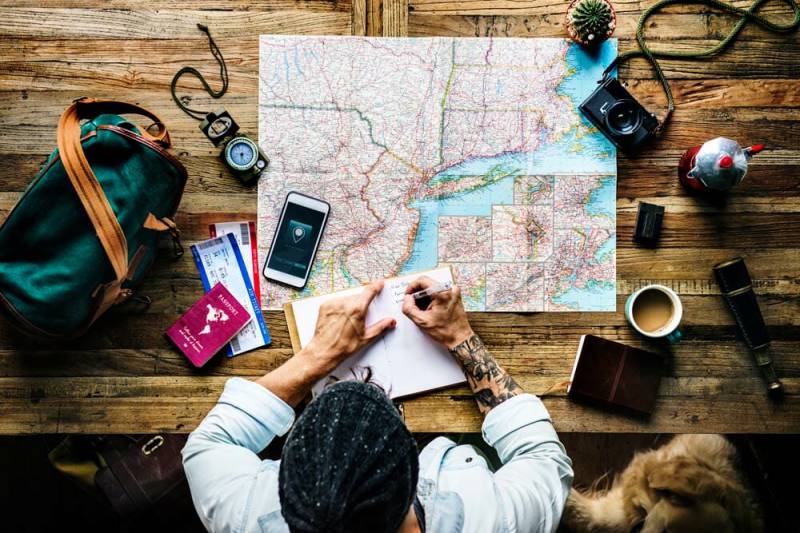
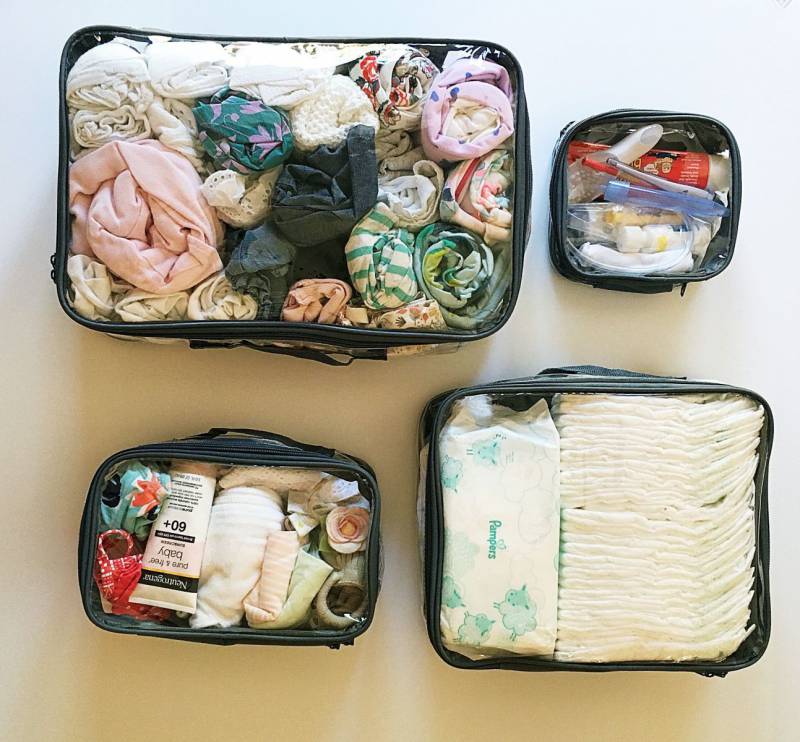

.png)
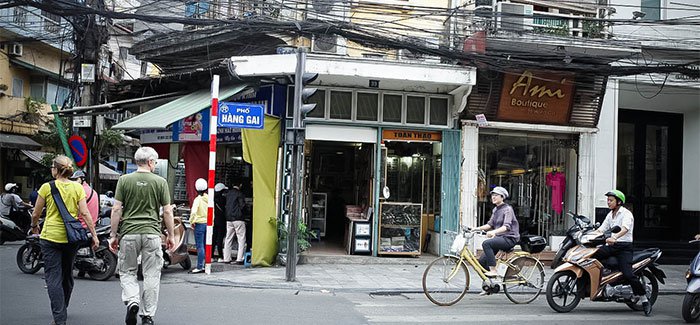
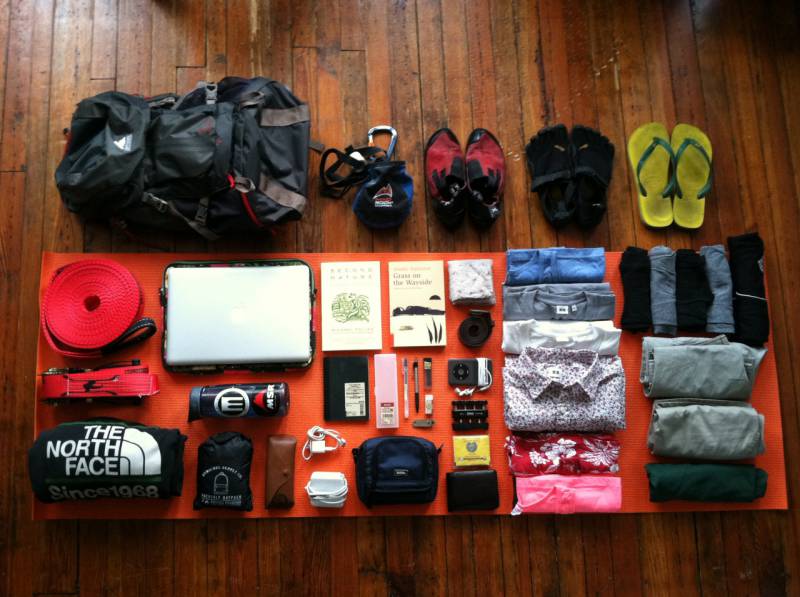

.jpg)

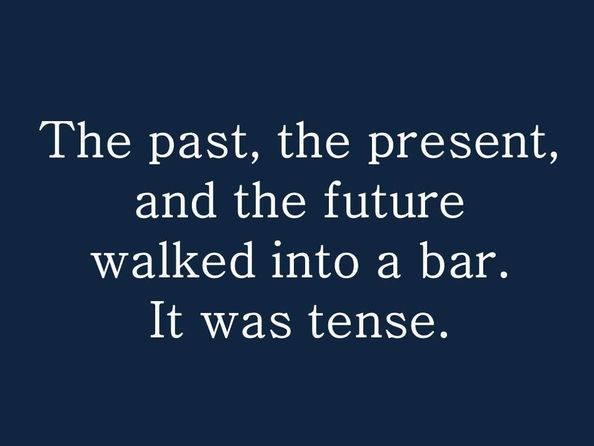

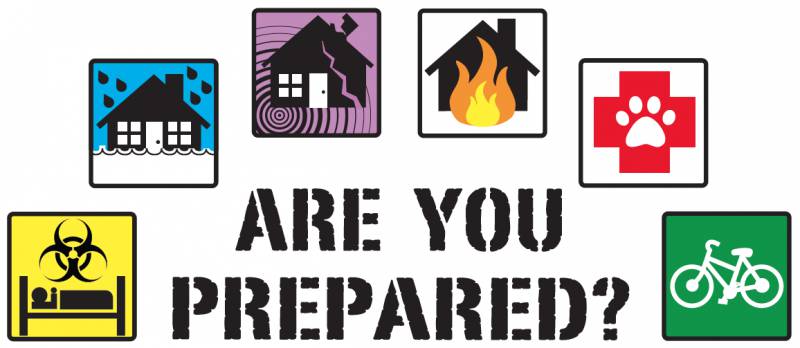

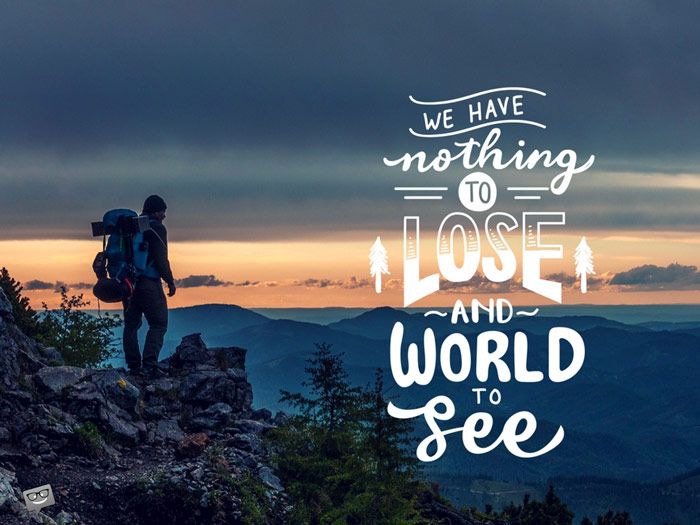
.jpg)
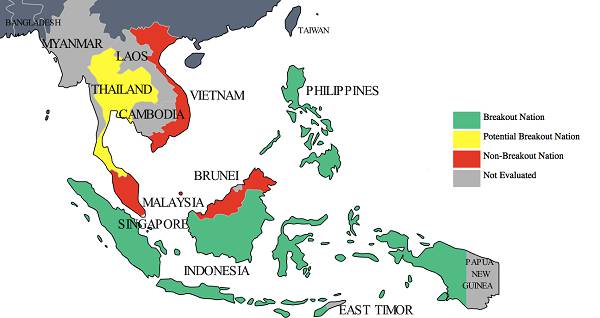
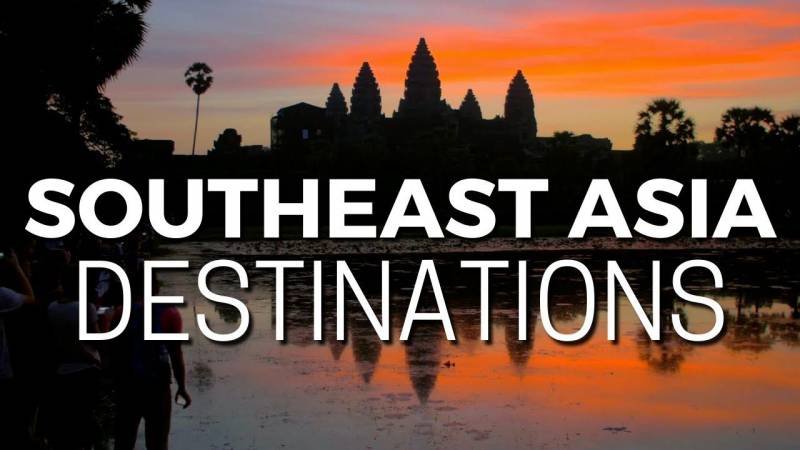
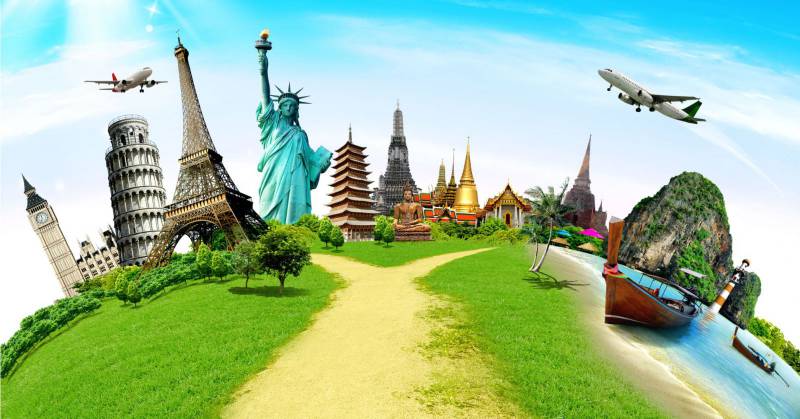
.jpg)






